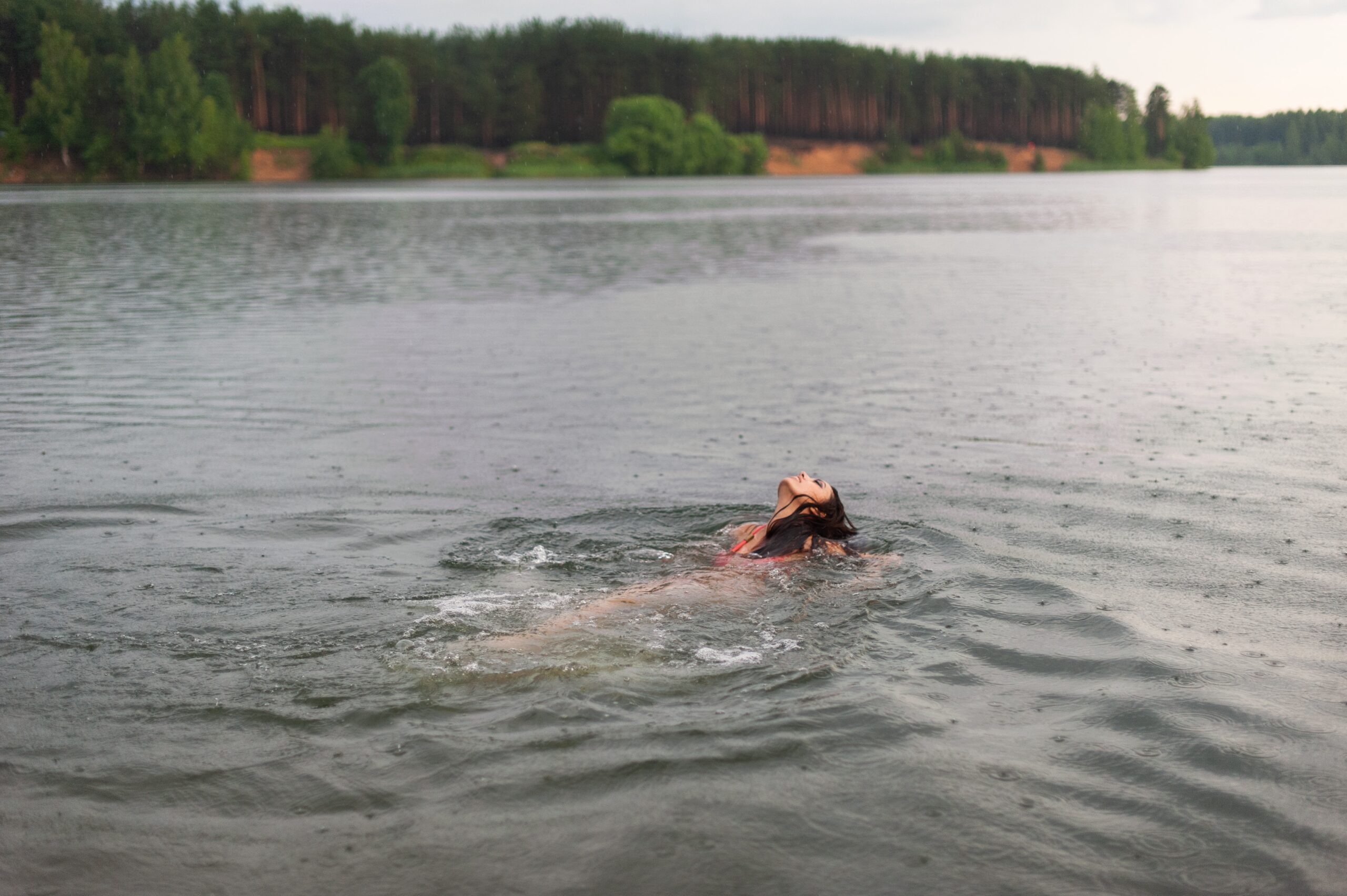What You Need to Know Before Trying Wild Swimming
Wild swimming, also referred to as open water swimming, is a great activity for enjoying the outdoors and staying active. To ensure your safety and enjoyment, there are a few things you should know before diving into a lake, river, or ocean.
Know the water conditions
Learning about the water conditions is the first and most crucial step in wild swimming. This involves determining the water’s temperature, which should ideally be higher than 60 degrees Fahrenheit. Make sure the water is warm enough for you to safely swim in because swimming in cold water can be risky and lead to hypothermia. Additionally, keep an eye out for any potential currents or undertows and steer clear of swimming in dangerous areas. Make sure to look for any advisories or warnings issued locally or regionally.
Wear proper clothing and equipment
Swimming in open water can be difficult, so it’s crucial to have the right gear to keep you protected and comfortable. Swimming in cold water is advised because wearing a wetsuit gives you insulation and buoyancy. Goggles and a swim cap can also help shield your eyes and hair from the water. Additionally, be sure to wear the proper footwear to shield your feet from rocky surfaces and sharp objects. You might also want to invest in a dryrobe that’ll help you get warm again after you get out of the water.
Be aware of the local wildlife
Because wild swimming occurs in a natural setting, it’s crucial to be aware of any potential wildlife encounters. Fish, snakes, and even crocodiles or alligators might fall under this category. Make sure to learn about any potential dangers in the swimming area you intend to visit. It’s critical to pay attention to your surroundings and be ready for any unexpected encounters.
Be prepared for emergencies
It is crucial to have a plan in place and to be ready in the unlikely event of an emergency. This might entail having a first aid kit, a whistle to call for assistance, and a way to communicate, like a cell phone. Additionally, it’s a good idea to be aware of where the closest emergency services are located and to have a way to contact them in case of a crisis.
Don’t swim alone
It is always preferable to swim in a group or with a partner. In this manner, assistance will be available if something goes wrong. Swimming with a friend or group can also be more enjoyable and fun. In case of emergency, it’s also a good idea to let someone know where you’re going and when you plan to return.
Swimming in the wild can be a thrilling and entertaining way to explore the outdoors and stay active. To ensure your safety, it’s crucial to be aware of any potential risks and to take the appropriate measures. You can have a safe and enjoyable experience swimming in the wild if you are properly informed and prepared. Always put your safety first; if you’re unsure of the conditions, it’s better to play it safe and stay on land.





